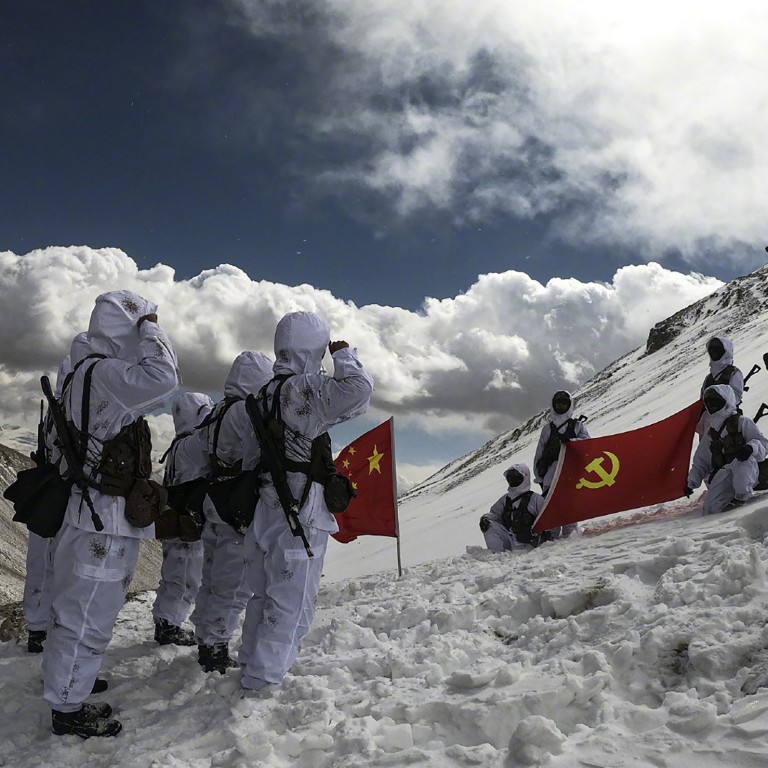
China’s ‘new’ border rules in Tibet point to same old dispute with India
- Regulations announced by Tibet region’s government, based on rules already in force, are aimed at preventing infiltration by exiled Tibetans, insider says
- Carrying or disseminating newspapers, books or electronic products deemed to endanger national security is among the acts banned under the rules
“All the bans are updated rules based on previous border regulations, with the key mission being to prevent exiled Tibetans trying to infiltrate Chinese borders,” the insider, who requested anonymity due to the sensitivity of the matter, told the South China Morning Post. They added that, according to Chinese officials, more than 10,000 exiled Tibetan were being trained as “special operation troops” by India.
The insider said the bans had deliberately not specified who was being targeted. “Obviously the bans were designed to target exiled Tibetans,” they said. “The bans were announced recently, a while after the two sides completed their disengagement of troops [in mid-February], because Beijing doesn’t want to provoke New Delhi.”
As well as acts such as illegally crossing the border, the Tibet regulations prohibit carrying or disseminating newspapers, books or electronic products containing content that is deemed to endanger national security and undermine ethnic unity. They also prohibit scientific surveying and mountaineering in the area without permits.
All Chinese citizens living outside Tibet need a special permit to travel to border areas in the Himalayas.
The China-India border dispute: its origins and impact
“For example, filming and taking photographs in border areas was banned more than a decade ago,” Lin said. “Some of these measures were initiated in 1959, and have been updated year after year according to changes to the situation in the border area.”
China and India have competed to start building roads, dam projects and other infrastructure along the 3,500km (2,200-mile) border in recent decades.
The dispute dates back at least to the Simla Convention in 1914, when representatives of British India and Tibet agreed to a de facto eastern border known as the McMahon Line. Beijing never agreed to the line, but the Indian government has adopted the boundary as the effective border in the area between India and China.
The two sides could not agree on an official border, so they reached a temporary truce along an unofficial border known as the Line of Actual Control. But they have never agreed on where the line is.



